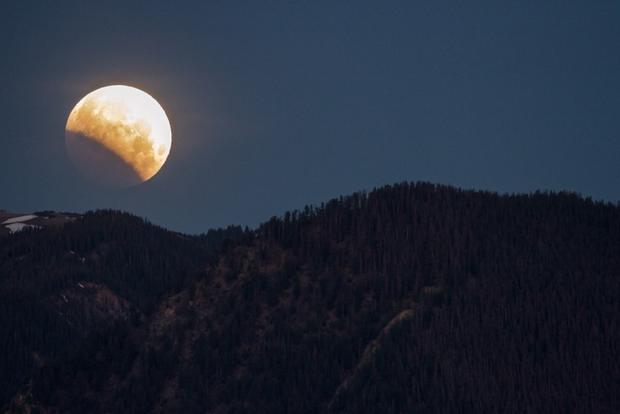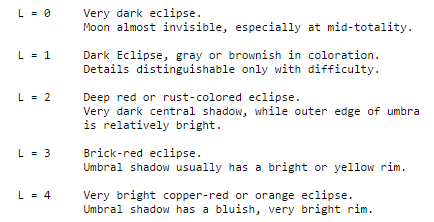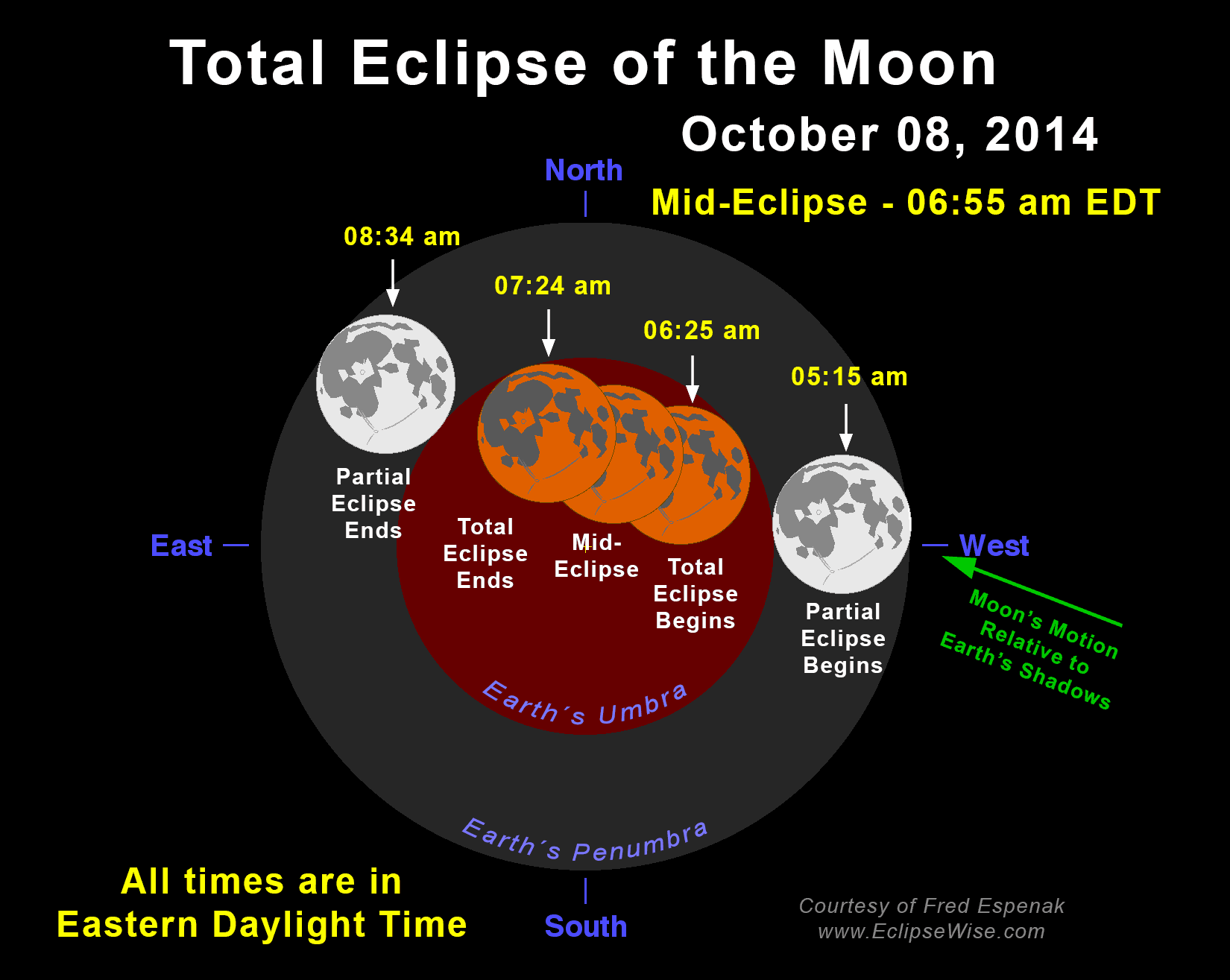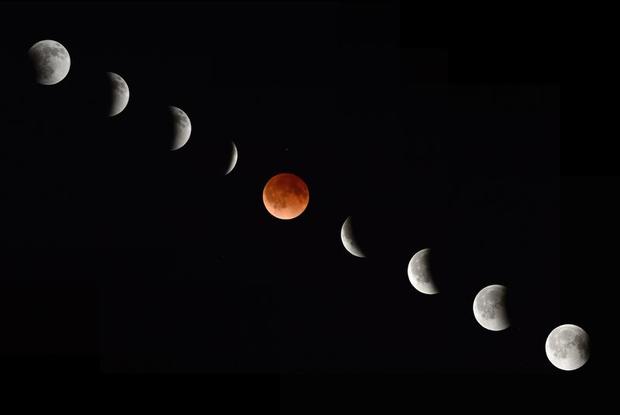Lauren's Science Corner: Total Lunar Eclipse
Are you totally excited for the total lunar eclipse early Wednesday morning?!
The eclipse will be viewable across North America. And with clear skies to prevail over Minnesota and Wisconsin, all will behold the astronomical awesome-ness!
The eclipse is expected to start a little after 3 a.m. Wednesday morning.
At 3:17 a.m., the moon enters the Earth's penumbra.
The Earth's shadow is comprised of two sections – the penumbra and the umbra.
In the penumbra, solar illumination is only partially blocked due to the sun's significantly larger size in comparison to the Earth.
During this stage, the moon appears subtly darker.
At 4:18 a.m., the moon orbits into the Earth's umbra and the partial eclipse begins.
The moon's outer edge appears to fade away and darkness progressively consumes the moon's surface. During this stage, the moon's hue may reflect a hint of dark red.
At 5:27 a.m., the moon is completely engulfed by the Earth's umbra, or central shadow, and the total eclipse commences.
During this stage, known as "totality," the entire moon glows a hauntingly beautiful blood red.
The pièce de résistance of the total lunar eclipse!
So, what causes this astronomical treat?
Obviously, the creator of all airborne, optical marvels, including rainbows and halo – the atmosphere!
The Earth's atmosphere extends about 50 miles above the surface. As sunlight penetrates the ring of atmosphere around the Earth, it is filtered and refracted, or bent. This results in the propagation of wavelengths of reddish light toward the moon.
If the Earth had no atmosphere, the moon would otherwise be invisible during this stage.
Concentrations of atmospheric water vapor, dust and volcanic ash present at the time of the eclipse effect the variation of red and level of brightness of the moon during totality.
And did you know there is a scale of lunar eclipse brightness?
Oh yes.
French astronomer André-Louis Danjon devised a five point scale for evaluating moon color and brightness during total eclipses.
And the value "L" is best determined by the naked eye, so even as laymen we can all flex our astronomical muscles Wednesday morning.
At 5:55 a.m., "mid-totality" occurs.
The moon is positioned in the center of the Earth's umbra, or main shadow. This is also called "maximum" or "mid-eclipse."
At 6:22 a.m., the total eclipse, or time during which the moon is completely submerged in the Earth's shadow, ends.
The moon re-emerges at first as a crescent and is progressively revealed.
BUT WAIT!
Moonset occurs at 7:26 a.m., prior to the moon's return to its full state at 7:32 a.m., but not before sunrise time at 7:20 a.m.
This yields an opportunity to witness a rare phenomenon known as "selenelion," when an eclipsed moon and the sun are simultaneously visible!
In Minnesota, we won't experience the full effect, though the moon will still appear minimally eclipsed at sunrise time.
In cities along the Eastern Seaboard, including Boston, New York City, and Washington D.C., sky watchers will indulge in the view of a blood red, totally eclipsed moon setting while the sun is rising. Awesome!
Happy viewing!
If you capture any great images of the total lunar eclipse Wednesday morning, we'd love to share them! Send photos to photos@wcco.com or tweet Lauren at @LaurenCaseyWCCO.









